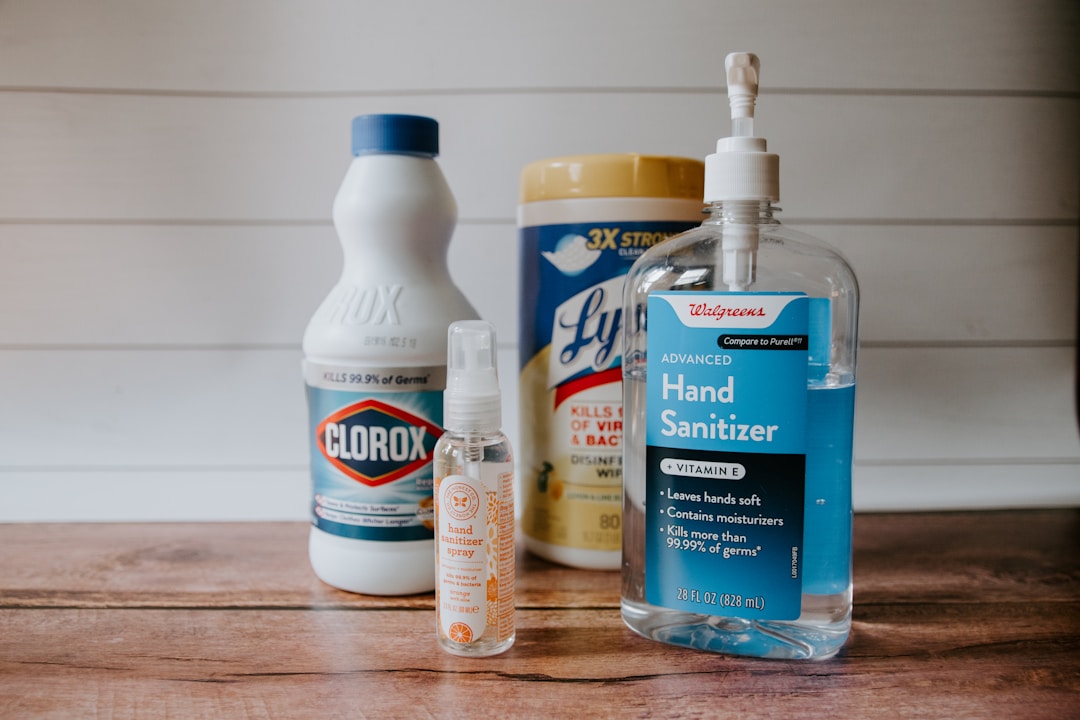Whether you actively think about it or not, your indoor air quality is important for a myriad of reasons. A couple of these reasons are because indoor air quality affects your immediate and long-term health and comfort. For these purposes, it’s crucial to prioritize reducing the various pollutants within your home. If you’re ready to commit to a healthier home, then keep reading to explore how you to reduce your air pollution and enhance your home’s air quality.
Understand the health effects.

Though it may come as a surprise, poor indoor air quality directly impacts your health. These health effects are both immediate and long-term. Not to mention, pollutants and allergens exacerbate allergy, sinus, and asthma symptoms for those suffering. When it comes to more immediate impacts of poor indoor air quality, you may experience frequent headaches, asthma flare-ups, and throat irritation. All of these are directly related to contaminants lurking within your home.
Long-term health problems also stem from poor air quality. When you spend lots of time within your home, you’re really only breathing in the same air all day, every day. Unfortunately, some of these negative health consequences are cancer, heart disease, and respiratory illness. Luckily, there are interventions to take so that you avoid experiencing these diseases due to indoor air quality.
Look for potential sources of pollutants.

Now that you’re aware of the potential health problems that arise with poor air quality, you’ll want to know where pollutants may come from. This way, you’re well-prepared on how to deter indoor air pollutants. The first common indoor air pollutant in older homes is paint. Old paint in homes built before 1978 commonly contained lead and other harmful contaminants. Even with a modern home, current paint also has a VOC or volatile organic compound level. These emissions are harmful without proper ventilation.
Plus, modern homes may contain many different types of indoor air pollution that require intervention. In addition to paint, other indoor air pollutants are pet dander, mold, dust, pollen, viruses, and bacteria, or smoke. With all of this in mind, it’s worthwhile for homeowners to install an air purifier within their home’s HVAC system. The benefit to this type of whole-home air purifier is that it helps clean the air removing secondhand smoke, dust mites, allergens, and other toxins from the air while promoting proper ventilation.
Find additional ways to manage air quality.

On top of a whole-home air purifier, it’s always a smart idea to keep your HVAC system properly maintained. By doing so, you ensure it’s working effectively and efficiently saving you from both health hazards and costly energy bills. If you’re specifically wondering how to reduce anxiety about utility bills, then make sure that your HVAC system is maintained by professionals. To further ease your anxieties as a homeowner, you should also consider comparing electricity providers for the best rates too.
If you’re still looking for other ways to manage your indoor air quality, look into the household products you use on a daily basis. For example, many cleaning products emit harmful toxins into the air. Contemplate opting for natural alternatives like these that still get the job done. They’re effective for cleaning, and they won’t contribute to an indoor air quality problem.
When it comes down to it, you want to ensure your home is safe for you and the members of your family. By taking these simple steps to maintain your home through purification and avoid potential pollutants, you’re creating a safer space as a homeowner.
